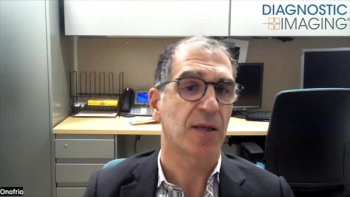
MRI for Blunt Cervical Trauma Helped Only Small Group of Patients
Using MR imaging after CT for cervical spine trauma resulted in few changes in patient management decisions.
Cervical MR imaging after negative non-contrast cervical spine CT for blunt trauma evaluation may only be useful in certain patients with persistent abnormal neurological examination, according to a study published in the journal
Researchers from Connecticut, Massachusetts, and New York sought to determine the utility of cervical spine MRI for patients presenting with blunt cervical trauma.
The researchers reviewed records and identified 1,271 adult patients with blunt trauma who underwent CT cervical spine followed by MR imaging within 48 hours; 1,080 patients were included in the study analysis. The utility of the subsequent MRI was assessed in terms of findings and impact on outcome.
The results showed that 66 percent of patients who underwent a CT cervical spine study had negative results. Of these, the subsequent cervical spine MRI had positive findings in 20.9 percent. A total of 92.6 percent of the patients had stable ligamentous or osseous injuries, 6 percent had unstable injuries and 1.3 percent had potentially unstable injuries. For unstable injury, the negative predictive value for CT was 98.5 percent. In all 712 patients who underwent both CT and MRI, only 1.5 percent had unstable injuries, and only 0.42 percent had significant change in management.
The researchers concluded that while use of MRI for blunt trauma evaluation was not infrequent, it may have utility only in certain patients with persistent abnormal neurological examination.
Newsletter
Stay at the forefront of radiology with the Diagnostic Imaging newsletter, delivering the latest news, clinical insights, and imaging advancements for today’s radiologists.




























